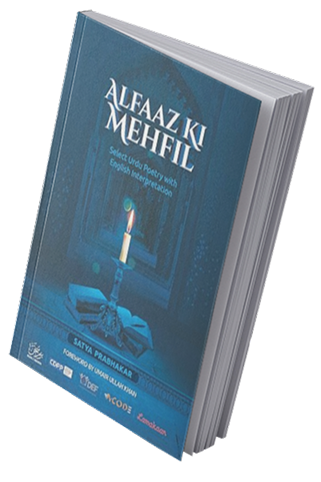Join Alfaaz ki Mehfil WhatsApp group and
get a new sher translation every morning (no other messages) by clicking on this link: https://chat.whatsapp.com/JrOvblyj43p3b8ASoQeY0E


qaid-e-hayaat o band-e-gham
1 / 1: Couplet
maut se pahle aadmi
gham se najaat paaye kyun
the prison of life and
the chain of sorrow are the same
why should we seek
release from grief before dying?
0
0
1
0
Interpretation
If read through the lens of Buddha’s teachings, Ghalib’s couplet becomes a meditation on dukkha (sorrow) the First Noble Truth. Buddha said that life, by its very nature, is marked by suffering: birth, aging, loss, and desire bind us to a perpetual cycle of pain. Ghalib’s qaid-e-hayaat (prison of life) and band-e-gham (chain of sorrow) echo precisely this, saying the same thing — they are not separate states but two expressions of the same bondage. Buddha’s path to liberation was not escape from sorrow but understanding it and transcending it by weakening and dissolving desire. Ghalib, however, seems to offer a more fatalistic reflection: as long as one lives, grief remains inescapable and freedom from it can only come with death. Where Buddha saw Nirvana as the extinguishing of desire while living, Ghalib sees mortality as the only true release. In essence, both confront the same truth: that to live is to suffer.
Featured Shaayars
543 Shaayars
See All Shaayars
Featured Themes

Urdu Poetry, Simply Told
classic Urdu shers with simple translations, poetic insights, and mini-dictionaries for every poetry lover...
A heartfelt collection of Classic Urdu shers...



Alfaaz Ki Mehfil is a curated space for timeless poetry celebrating words, emotions, and the enduring beauty of expression. From classic Urdu couplets to modern reflections, it brings together generations of poetic voices that speak of love, longing, hope, and the human soul.
Quick Links
